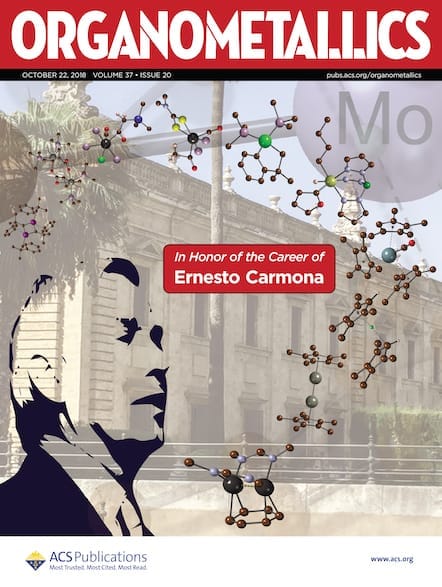Computational chemistry has made great strides in the past three decades, owing to more sophisticated theory, advances in software, and computer processing speed. For Organometallics Associate Editor Kathrin Hopmann, an associate professor in computational chemistry at UiT—The Arctic University of Norway, there’s no doubting the usefulness of computational methods for providing information about the catalytic […]

Computational chemistry has made great strides in the past three decades, owing to more sophisticated theory, advances in software, and computer processing speed. For Organometallics Associate Editor Kathrin Hopmann, an associate professor in computational chemistry at UiT—The Arctic University of Norway, there’s no doubting the usefulness of computational methods for providing information about the catalytic activity and selectivity of organometallic systems is growing.
“Organometallics is now receiving an ever-increasing number of manuscripts that report DFT calculations in whole or in part,” Hopmann writes in an editorial published in the journal on Feb. 11. “Unfortunately, computational manuscripts sometimes are written in a way that is not very appealing to experimental readers (or reviewers and editors). Further, computed results often are not sufficiently correlated with experimental data. The consequence may be a rejection of the manuscript.”
How can you increase the likelihood that your computational study is publishable in Organometallics? According to Hopmann, three things are essential:
- The scientific problem should be intriguing
- The presentation should be appealing
- The computed results should be validated
Hopmann’s editorial provides personal advice along with examples on how to achieve all three of those goals, with a main focus on mechanistic studies that are especially relevant to catalysis. “With this hopefully helpful (and friendly) advice, Organometallics is looking forward to receiving your intriguing, appealing, and validated computational study.”
